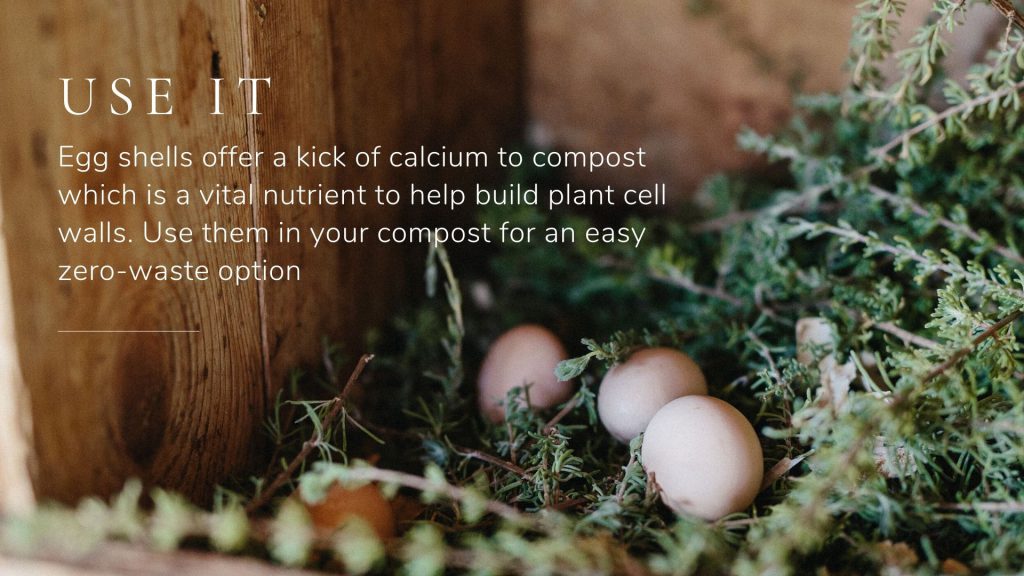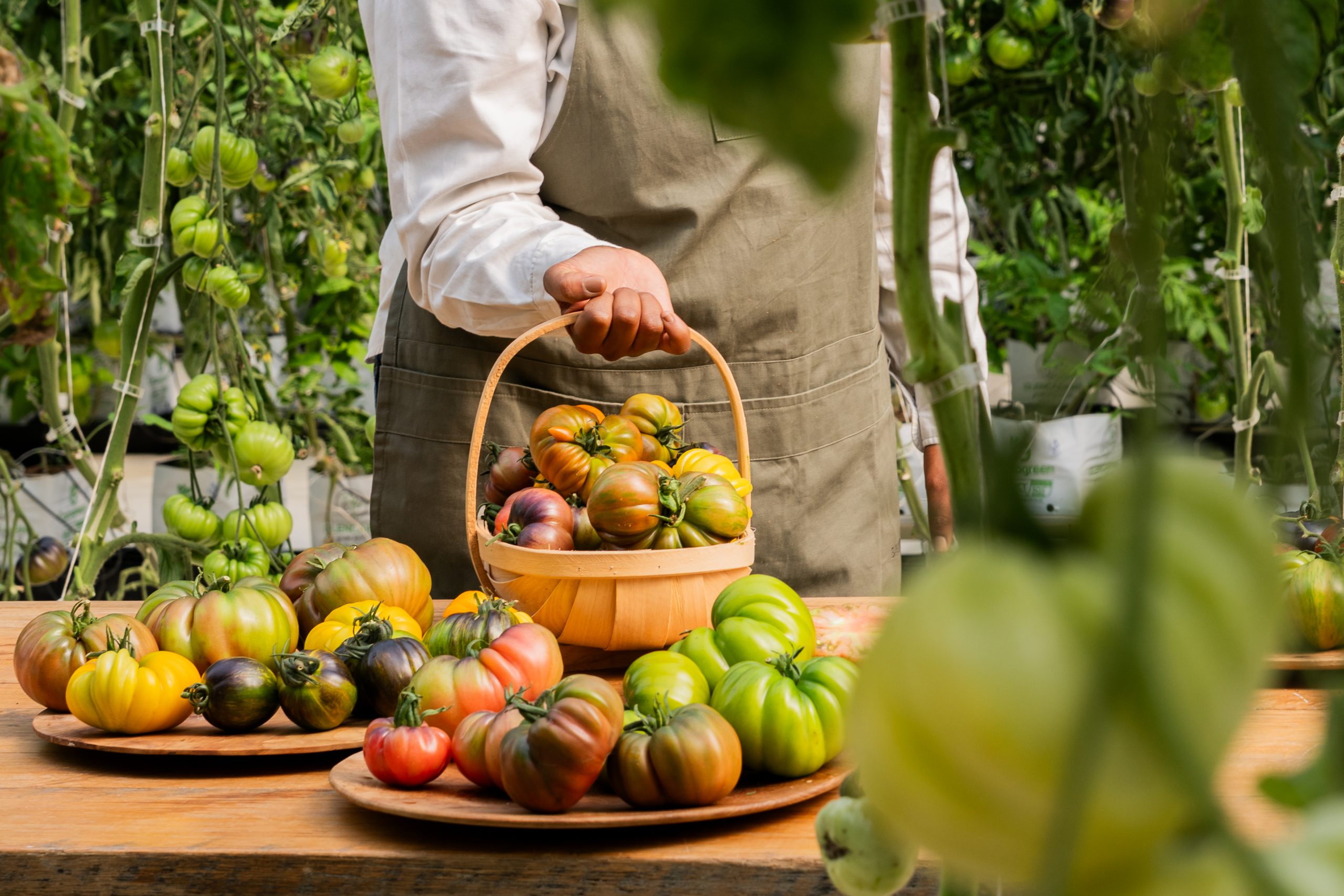In Honour of Eggs
April 25th, 2022Eggs are the original superfood. They’re small but powerful and packed with high-quality protein, all wrapped in a neat little long-life shell. In the kitchen, eggs have the ability to shapeshift. They’re the secret component to making anything from cakes to crêpes and crème brûlée. And more than that … what would the world be without glorious lashings of mayonnaise or glistening peaks of Italian meringue, lemon curd or custard?
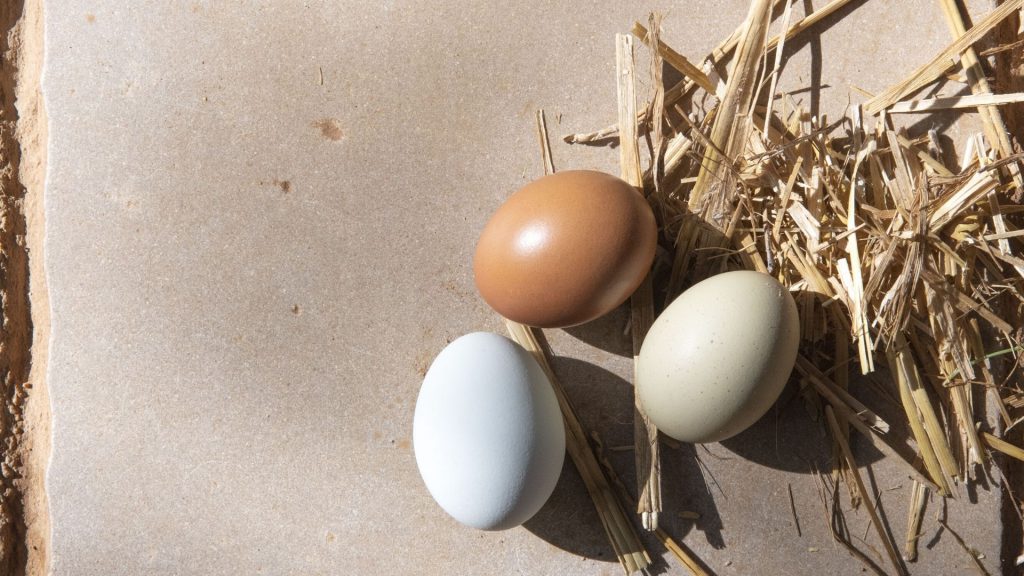
Eggs in their truest form, however, are perhaps the best loved. Many a toddler has been cured of food fusses with humble ol’ egg and soldiers. They’re perfect served on a slice of toast for dinner or poached for posh breakfast with hollandaise – yet another egg marvel. Whip them, separate them, poach them or emulsify them – you can’t beat them. (Unless you’re baking a cake, of course.)
Eggs are very much ingrained in our farm-to-table fundamentals at Babylonstoren. They’re present in nearly all aspects of our farm portfolios, from the Bakery to Babel Restaurant, the Farm Shop and online. In many wine cellars in the Winelands region, too, egg whites are used as a natural way to remove unwanted solids within the wine before bottling. Although we do not use them in our winemaking at Babylonstoren, we have appreciation for their versatility and ingenuity.
To have all the eggs our hearts desire, we have our very own colourful community of plucky hens that roam the coups and grounds on the farm, delivering an equally colourful egg bounty daily. Our poultry breeds consist of chickens – Araucana, Venda, New Hampshire, Boschvelder and Leghorn and Lohmann brown chickens – as well as Pekin ducks and Coturnix quail which give us a variety of white, beige, speckled, blue and even green eggs! (Perhaps Dr Seuss would like some of those with ham …)
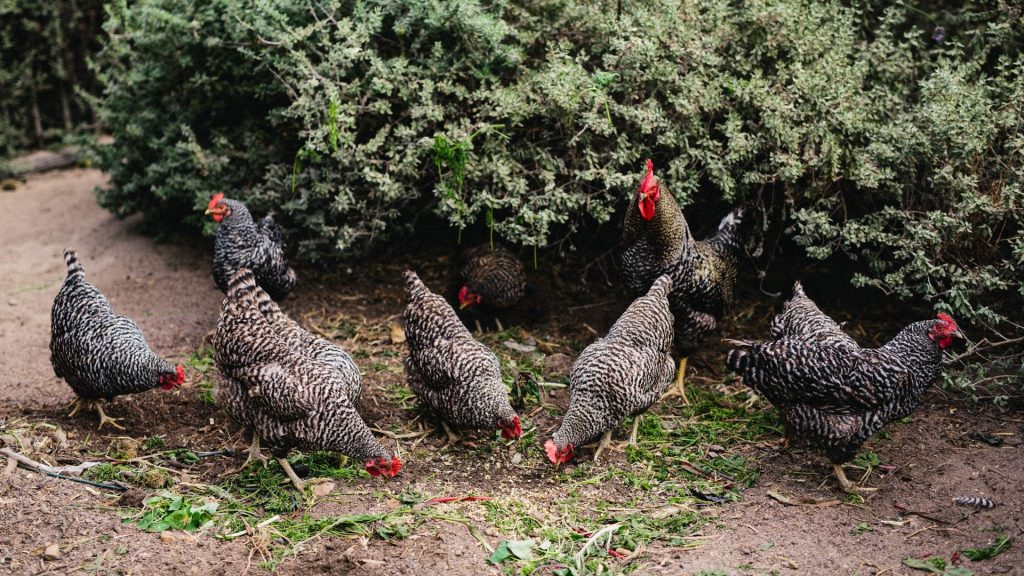
Here’s how to best enjoy all the different eggs in a variety of ways.
How to cook the perfect poached egg
Poaching an egg has an undeserved negative stereotype attached to it – many people believe it’s difficult. It’s not. You need a deep pan with about 5 cm of water and a teaspoon of vinegar to come to a boil. Then, turn off the heat and immediately break your eggs into the water. There’s no need to stir the water. The only trick is to use ONLY the freshest eggs and to break them very close to the water’s surface. Don’t crowd the pan, and leave the eggs to poach at leisure and until the desired done-ness. When ready, simply scoop out with a slotted spoon, pat dry with a paper towel and serve immediately.
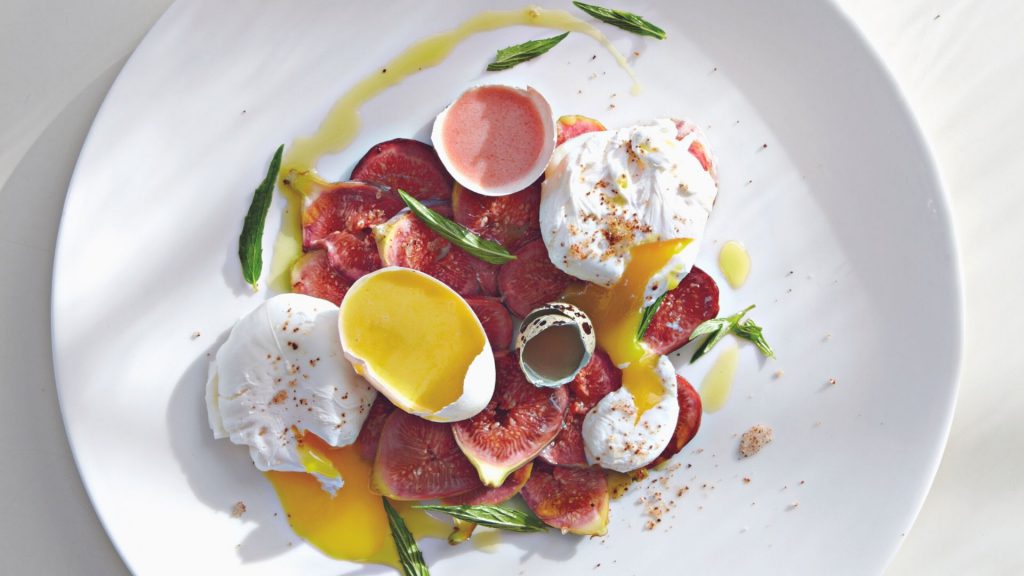
How to make the best, buttery scrambled eggs
Good scrambled eggs take patience and the best way to achieve the creamiest, richest and most luxurious scramble is to use a double-boiler. This way, indirect steam heat ensures the protein in the egg is cooked over a long time, instead of flash-cooked*. Fold in a knob of butter while cooking, and salt your scrambled eggs only when ready to serve.
*The same science that allows the protein in a leg of lamb to become tender when slow-cooked over low heat applies, as opposed to searing meat in a very hot pan on direct heat.
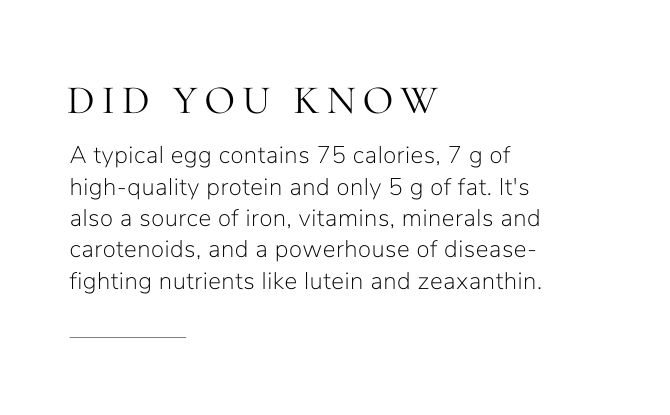
How to make old-fashioned fried eggs
Fried eggs aren’t the healthiest choice on the menu, but they’re oh so delicious, especially when enjoyed with Asian-inspired dishes like Korean bulgogi. To make the real makoya, crispy-edged eggs, fill a pan with at least 3 cm of oil and heat. Take care when breaking your eggs into the hot oil as the egg whites may splatter. Use a spatula to spoon hot oil over the egg whites to ensure they’re fully cooked. Take care, however, not to overcook the yolk. Serve as soon as the white edges become brown and crispy, and the yolk is still runny.
